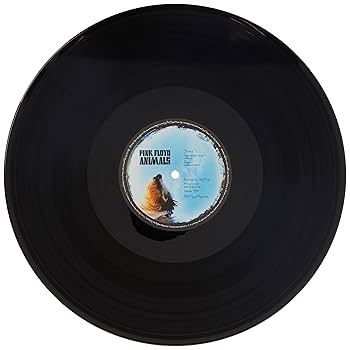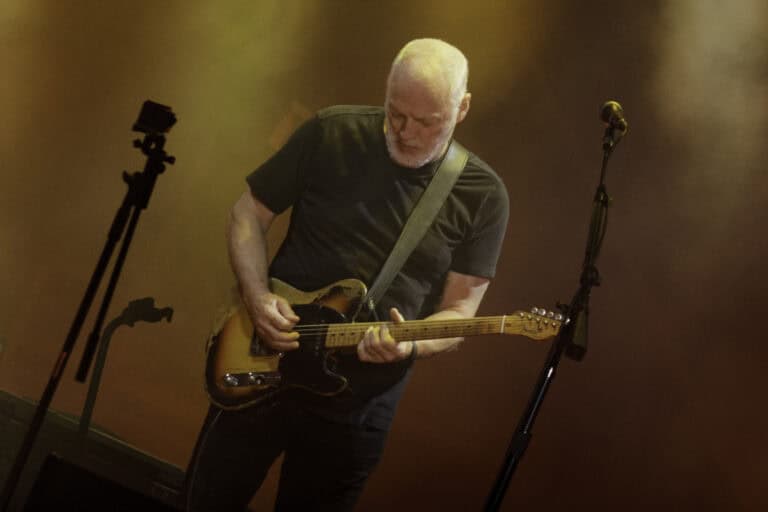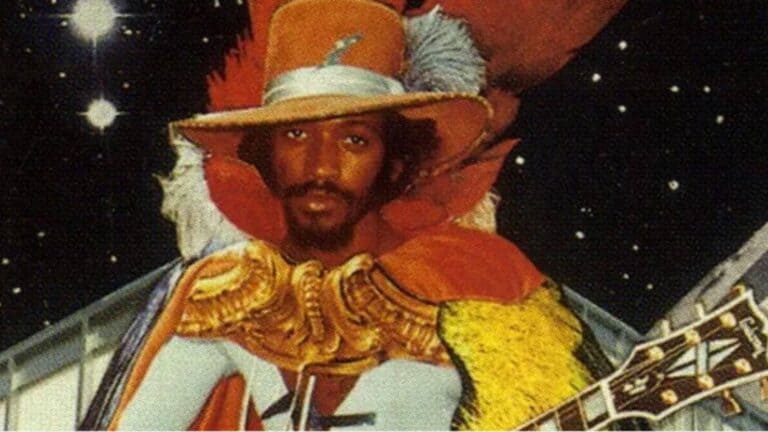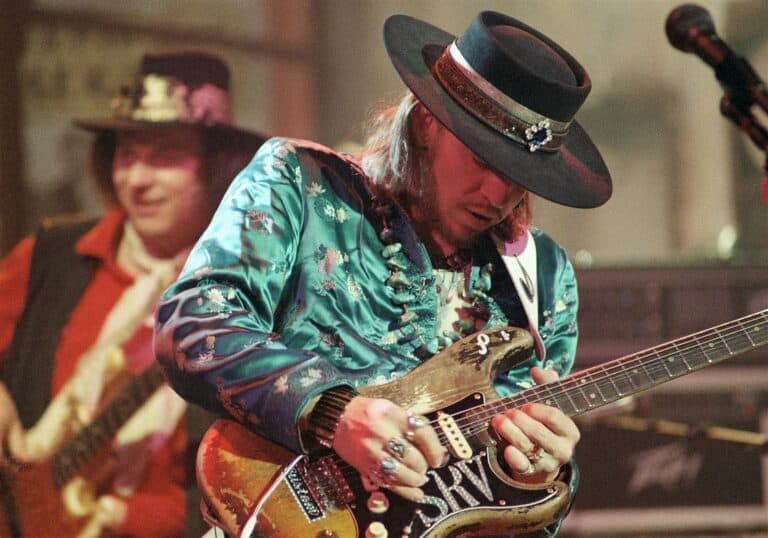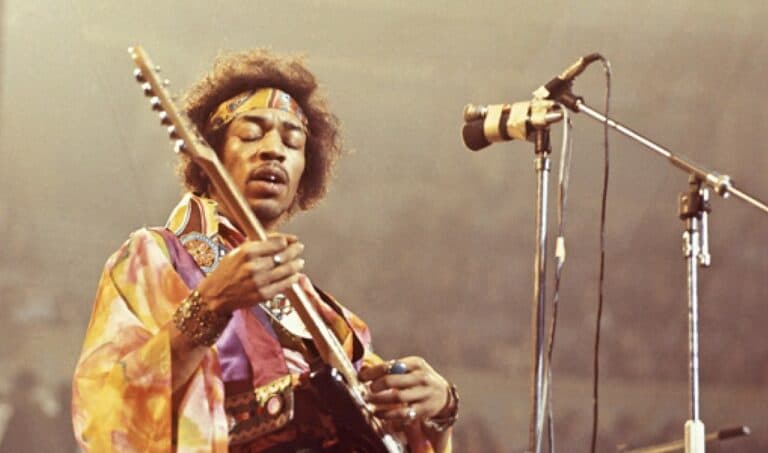David Gilmour’s Guitar Solos in “Dogs”: A Masterclass in Emotion, Innovation, and Technique
Few guitarists are as instantly recognizable as David Gilmour. His tone, phrasing, and melodic sensibilities have inspired countless players, and his solos on Pink Floyd’s Animals album—particularly in the song “Dogs”—are nothing short of masterful.
“Dogs” features two extended guitar solos from Gilmour that showcase both his signature style and his willingness to step outside his usual approach to serve the song. These solos are fascinating because they combine classic Gilmour hallmarks with innovative techniques and studio trickery that push the boundaries of what a Pink Floyd song could sound like in 1977. Let’s dive into what makes these solos so brilliant.
The Context of “Dogs”
Understanding David Gilmour’s Guitar Techniques
“Dogs” is an epic, 17-minute track that occupies most of Side A on Animals. It’s a sprawling commentary on ambition, deceit, and the cutthroat nature of society, driven by Roger Waters’ scathing lyrics and Gilmour’s emotional, soaring guitar work.
The two solos in “Dogs” come at pivotal moments in the song, elevating its tension and drama. Gilmour’s playing mirrors the lyrics’ narrative arc, shifting between introspective melancholy and searing aggression.
Breaking Down the Solos
Solo 1: Melodic Elegance and Emotional Weight
The first solo begins softly, emerging from the song’s brooding verses. Gilmour’s approach here is restrained yet profoundly melodic.
Key Techniques Used:
Bends and Vibrato: Gilmour’s trademark wide, expressive bends dominate this solo. Each note feels purposeful, almost vocal in its phrasing. His vibrato, smooth and controlled, gives every sustained note a singing quality.
Phrasing: Gilmour’s phrasing is spacious. He allows plenty of “air” between phrases, giving listeners time to absorb each idea before moving to the next. This is classic Gilmour—letting the music breathe rather than cramming in as many notes as possible.
Dynamics: The solo ebbs and flows dynamically, building gradually before retreating again. Gilmour’s touch and pick attack contribute to the solo’s emotional depth.
Effects and Tone:
Compressor: Gilmour likely used a compressor to smooth out his dynamics and enhance sustain, a hallmark of his tone.
Chorus: Subtle modulation adds depth and dimension to his clean tone.
Echo/Delay: The delay effect provides a sense of space, with repeats subtly trailing his notes to create a haunting, reflective atmosphere.
This solo is quintessentially Gilmour—melodic, emotional, and deeply immersive. But it also sets the stage for what’s to come: a solo that sees him experimenting more boldly with technique and sound.
Solo 2: Aggression and Innovation
The second solo, appearing later in the song, is where Gilmour really pushes boundaries. This is the moment where he steps out of his usual melodic comfort zone and channels the raw, aggressive energy of the song’s themes.
Key Techniques Used:
Pick Scrapes and Harmonics: Gilmour uses pick scrapes to create sharp, biting accents. These add a percussive, almost abrasive texture to the solo. He also incorporates natural harmonics, which pierce through the mix and add an eerie, metallic quality.
Sliding and Legato Runs: Unlike the first solo’s spacious phrasing, this solo features faster, fluid legato runs and dramatic slides up the fretboard. It feels looser, more frantic, and intentionally chaotic.
Use of the Whammy Bar: Gilmour’s tasteful whammy bar dips add to the drama, bending notes in and out of pitch for a slightly unsettling, unbalanced feel.
Effects and Studio Techniques:
Fuzz and Overdrive: Gilmour pushes his tone into grittier territory with a fuzz or overdrive pedal, giving this solo an aggressive edge.
Wah Pedal: A wah pedal is used in a more subtle, expressive manner, shaping the tone rather than dominating it.
Multi-Tracking: The second solo benefits from Gilmour’s meticulous studio layering. You can hear multiple guitar parts weaving together, creating a thick, textured wall of sound.
This solo is less about melodic beauty and more about intensity and experimentation. It perfectly captures the paranoia and tension of the song’s lyrics while showcasing Gilmour’s versatility.
Why These Solos Are Brilliant
What makes the solos in “Dogs” so special is how they balance Gilmour’s signature style with a willingness to break new ground.
They Serve the Song: Every note in these solos feels connected to the mood and message of the song. Gilmour doesn’t show off—he plays exactly what the song needs, whether it’s a gentle bend or a blistering, fuzzed-out run.
Emotional Depth: Both solos evoke a wide range of emotions, from melancholy introspection to raw aggression. This mirrors the lyrical themes of betrayal, ambition, and isolation.
Innovation in Technique and Sound: Gilmour experiments with pick scrapes, harmonics, and layered effects to push his sound into new territory. This shows his ability to evolve as a player and adapt his approach to fit the song’s unique demands.
Studio Wizardry: The solos on “Dogs” are not just performances—they’re carefully crafted studio creations. Gilmour’s use of multi-tracking and effects demonstrates his skill as both a guitarist and a sonic architect.
Closing Thoughts
David Gilmour’s solos in “Dogs” stand as a testament to his genius as a guitarist. They capture the essence of his style—melodic, emotive, and tasteful—while also showcasing his ability to innovate and take risks.
For any guitarist looking to study Gilmour’s playing, these solos are a treasure trove of inspiration. From the smooth bends of the first solo to the fiery chaos of the second, “Dogs” shows us why Gilmour remains one of the most revered guitarists of all time.

